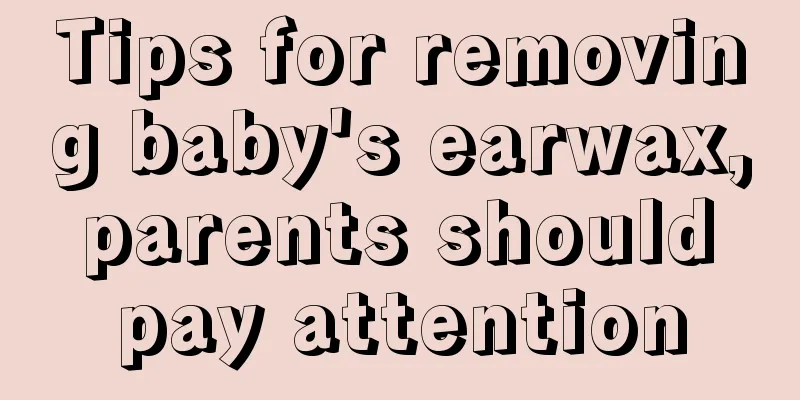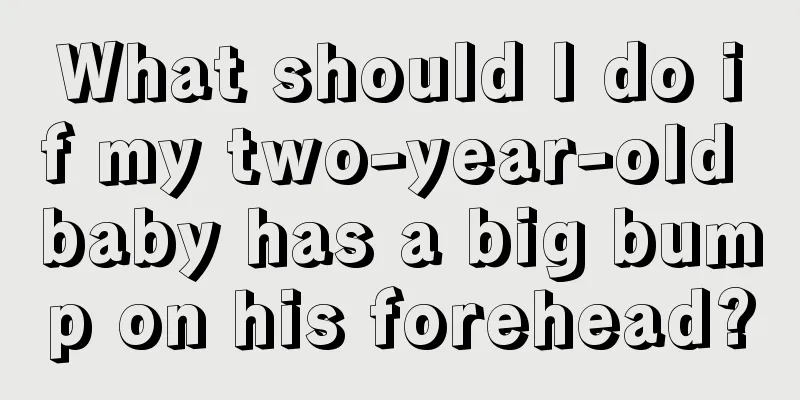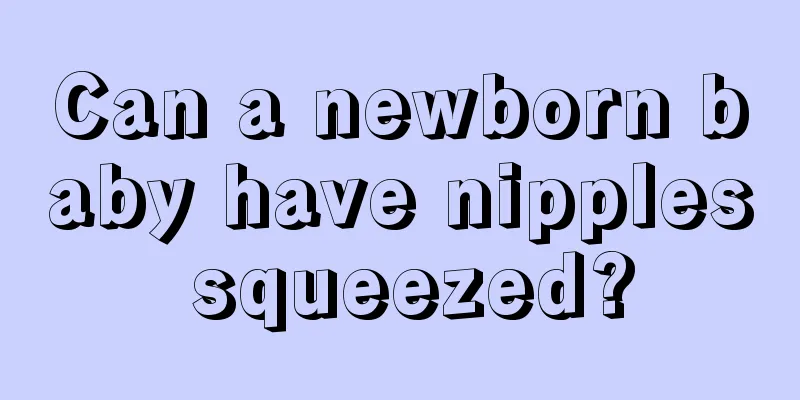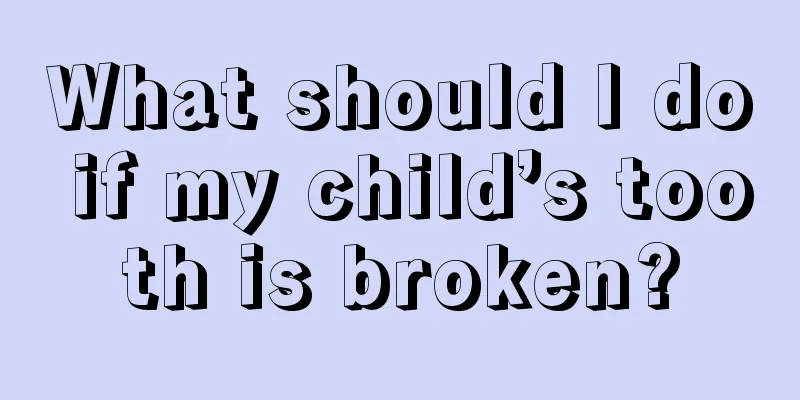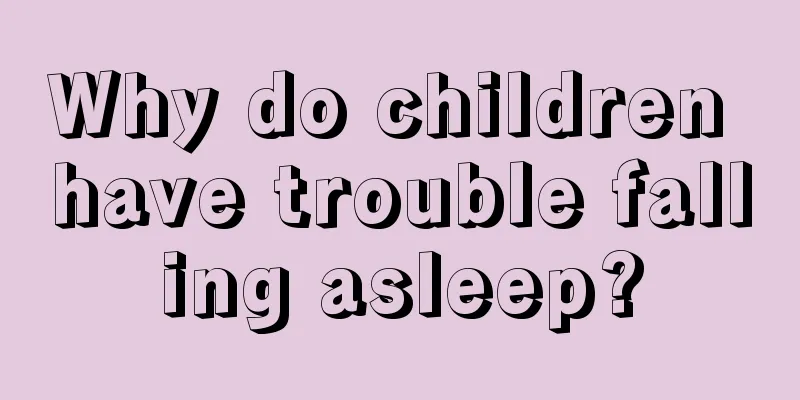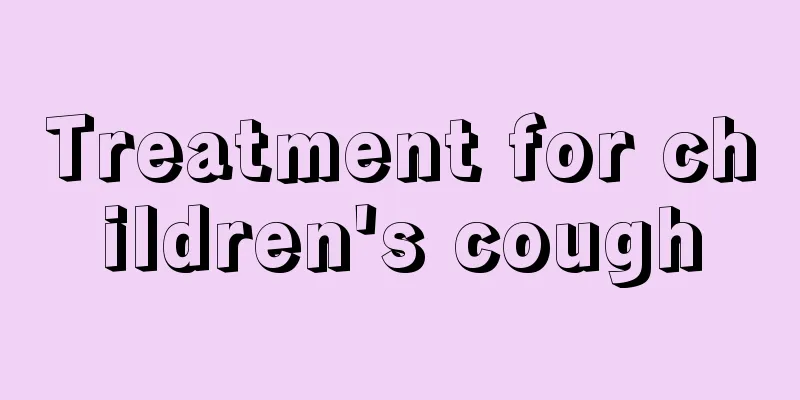What should I do if my child has a wheezing sound in his throat?

|
Most parents find that their children have phlegm in their throats when they are sleeping. If there is phlegm, then their breathing will become particularly rapid while sleeping, and they may even hear a whirring sound in their children's throats. So at this time, you must make sure that the air in the room where your children live is unobstructed, so that they will not feel any breathing difficulties. Also, try to take them to breathe fresh air in the morning to improve the situation of phlegm in the throat. 1. Pay attention to the air circulation in the baby's room to ensure fresh air. When the weather is cool, open the windows frequently for ventilation. The indoor temperature should be controlled at around 20 degrees and the relative humidity should be controlled at 60%. 2. When the baby wakes up in the morning, a lot of phlegm will have accumulated in the throat overnight. Sometimes the baby will cry when he wakes up. Parents can let the child cry or tease the baby to cry. When the baby cries hard, it will promote the discharge of phlegm in the trachea. 3. When the baby has phlegm in the throat, give the baby more boiled water with a temperature of more than 20 degrees during the day. This can help dilute the sticky phlegm in the baby's throat and help the baby cough out the phlegm in the trachea. 4. To help the baby expel phlegm, there is a way to pat the back. Just bend your fingers together to make your palm hollow, and then let the baby lie on his side or the parent can hold the baby, and use the hollow palm to pat the baby's back from top to bottom and from outside to inside. When patting, keep the strength and feel a slight vibration. Repeat this patting for three minutes and keep patting three times a day, which can help the baby expel phlegm. Common causes of increased sputum include upper respiratory tract infections: such as rhinitis, sinusitis, pharyngitis; or lower respiratory tract infections: such as bronchiolitis, pneumonia. The main symptoms include breathing noises, difficulty feeding, rapid breathing, large chest rise and fall, and coughing. This article introduces what to do if your child has phlegm in his throat. In this case, you need to help your child expel the phlegm in his body by patting his back. However, you cannot use too much force when patting your child's back, otherwise it is likely to damage the child's chest cavity. Try to make your hands into a hollow shape when patting, and let your child lie on his side on the bed. |
<<: How to treat a foreign body sensation in a child's throat
>>: Why does my child's throat become red and swollen?
Recommend
What to do if a one and a half year old baby has ringworm on his face
The skin on the baby's face is very tender an...
What causes the skin on children's toes to peel?
Children's skin is the most delicate, so we m...
What to do if a child is bitten by a mosquito and becomes red and swollen
Young children have delicate skin and are most li...
Is it good for children to take a bath in the morning?
In the eyes of our parents, children are the grou...
Parents must know: These 7 kinds of fish should not be given to children
Children whose bodies are still developing can su...
What happens if my baby has a fever but no other symptoms?
Simply put, fever means that the body temperature...
What should I do if my child has phlegm in his throat and can't cough it out?
We generally believe that the onset of coughing s...
Infant vascular nevus
Vascular nevus is a common phenomenon in infants....
Why does my child keep farting?
Many parents will experience their babies farting...
What should I do if my child has repeated fever?
When a child is sick, it is the most troublesome ...
What are the symptoms of ankylosing spondylitis in children?
Ankylosing spondylitis has always been an orthope...
What should I pay attention to if my baby always kicks the quilt at night?
Nowadays, every family has only one child. For th...
How to deal with ringworm on the face of children
It is said that children are the angels of the fa...
What's going on when the baby shakes his head and scratches his ears?
I believe that careful mothers will often find th...
What causes children’s tooth mobility?
Mothers are always concerned about their children...
